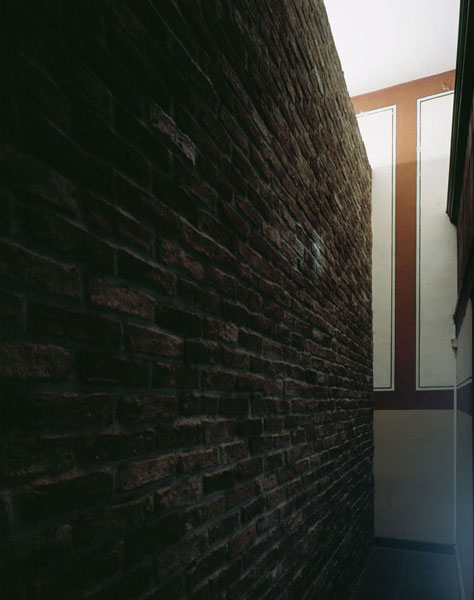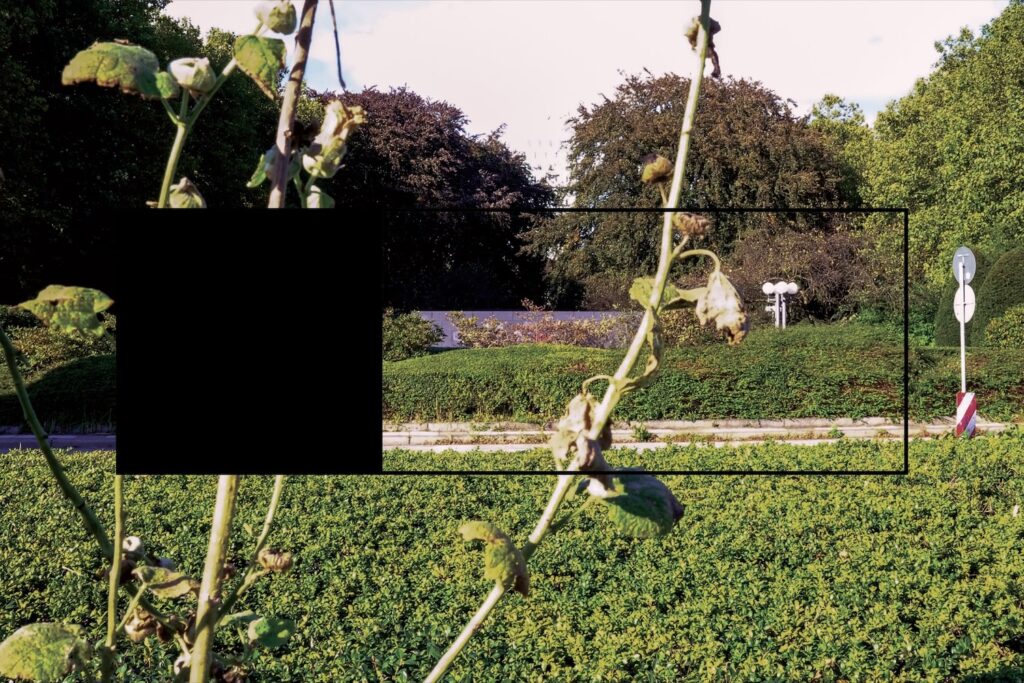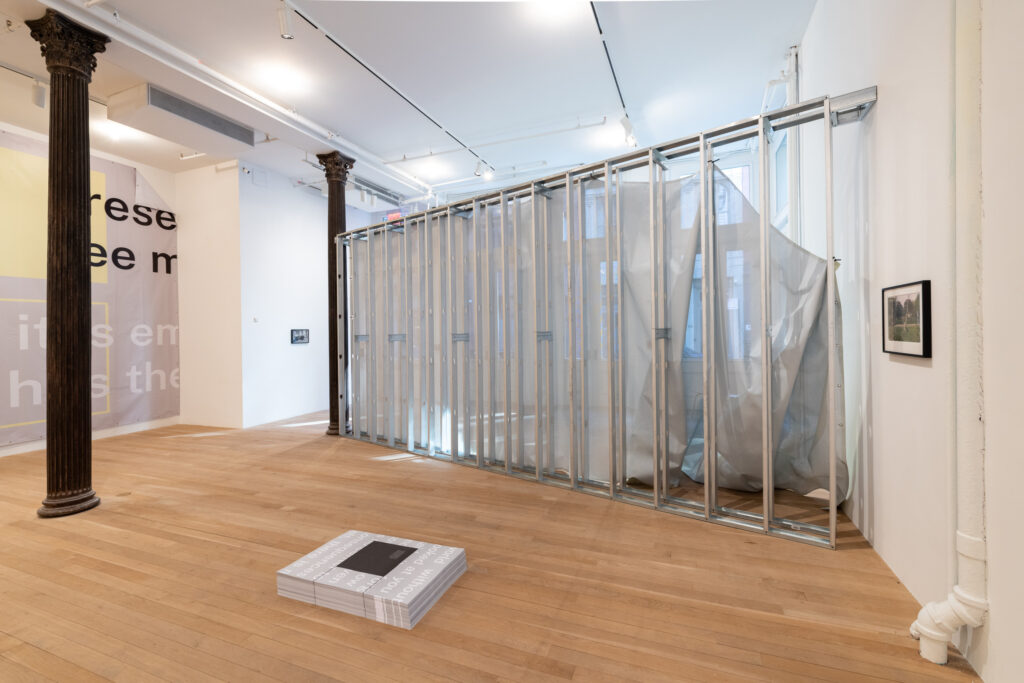This just in from Our Correspondent In Berlin: the recent blog post about Sol LeWitt’s Black Form — Memorial to the Missing Jews (1987/89) is as incomplete as it was unexpected. Let’s go in chronological order, and from what should have been most obvious.

It is not enough to site the 1987 sculpture in the context of a Germany—actually Germanies—that had yet to address the issue of memorials or counter-memorials to the Holocaust. Or even to note—which I didn’t—that the 1989 re-creation of Black Form in Hamburg was not only larger, but happened just as the Berlin Wall was taken down. And of course, Black Form has existed in Hamburg ever since.
What most needs correcting is the context of LeWitt’s statement, “This was the only political art that I made and the only political thing about it was the title, but I thought I owed it to the Germans – and the Jews – to make one comment.” And the perception of exceptionalism it gave to the Skulptur Projekte, and the constraint it put on the political and memorializing element of LeWitt’s work.
Because that LeWitt quote was from 2000. And while it may have been true that Black Form was the only political art he made to that point, it was not the last, either for the Germans or the Jews. And those later memorials were very much related to Black Form, and not just because of their titles.

Well, it may only be the titles–Consequence–for the wall works LeWitt made for the US Holocaust Memorial Museum in 1993. From 1997-2001, for his own Reform congregation in Connecticut, though, LeWitt and architect Stephen Lloyd created an intricate homage to 19th century Polish timber synagogues, and decorated the ark with a wall drawing of a six-pointed star. Arguably, this was neither political, nor a memorial, but an offer to prevent what he called “strip-mall synagogue architecture” from befalling his own community.

In 2005 LeWitt was the 14th artist to realize a temporary, site-specific work in the Synagoge Stommeln, a 19th century synagogue in an alley of a small village outside Cologne that survived the pogroms of 1938 because it had been converted to a barn, and was re-remembered in the 1970s and became a cultural and artistic site in the 1990s. For Lost Voices, LeWitt erected a brick wall just inside the entrance to the synagogue, and played a recording of Jewish liturgical music and the shofar from behind the wall, creating an experience of inaccessibility and separation.

A monograph of Lost Voices was included in the text, “graphic interventions and study environments” that composed an “intimate vocabulary” around LeWitt’s work and the culture of public memory in Minor Publics, an exhibition at Artists Space by virgil b/g taylor in 2022. taylor, an artist and poet in New York and Berlin, began with a consideration of LeWitt’s Black Form as it exists in the culture of 21st century Germany.

From this examination of the language of minimalism and conceptualism amidst “ongoing debates surrounding the appearance and function of memorials to the victims and survivors of mass violence in metropolitan and colonial landscapes of genocide,” taylor generated an intimate, poetic response to the tenuousness of art, history, and public life.

Alongside texts on crumpled mesh banners suspended from skeletal wall studs and small photo studies of LeWitt’s sculpture seen from different angles, a key feature of taylor’s show—which I did not see irl—were stacks of posters and taylor’s own text, which were available for the taking, Felix Gonzalez-Torres-style. The stacks evoked the central concept of taylor’s text and show, the “bima,” a platform or pedestal of public address in both Jewish synagogue and Athenian democratic traditions.
At first I faulted a Texte zur Kunst reviewer who made no acknowledgement of the stacks’ clear [to me] Felix reference and all that entailed, and who yet lamented the show’s illegibility, and taylor’s failure for inducing “a sense of clear, self-possessed articulation. Speech acts falter and conversations mire in their own voices, leading to a certain ambivalence regarding cultures of memory and monumentalization.”
But looking back at this show, across the intervening year and a half of history, I can’t help but think a certain ambivalence regarding cultures of memory and colonial landscapes of genocide was pretty damn accurate. The monuments and memorials we built turn out not to have worked. And across the West, but particularly in the Germany of 2024, anyone wanting to point that out risks getting arrested as soon as he mounted the bima.
virgil b/g/ taylor: Minor Publics, Feb-Apr 2022 [artistsspace.org]
Previously, related: Destroyed Sol LeWitt Holocaust Memorial
